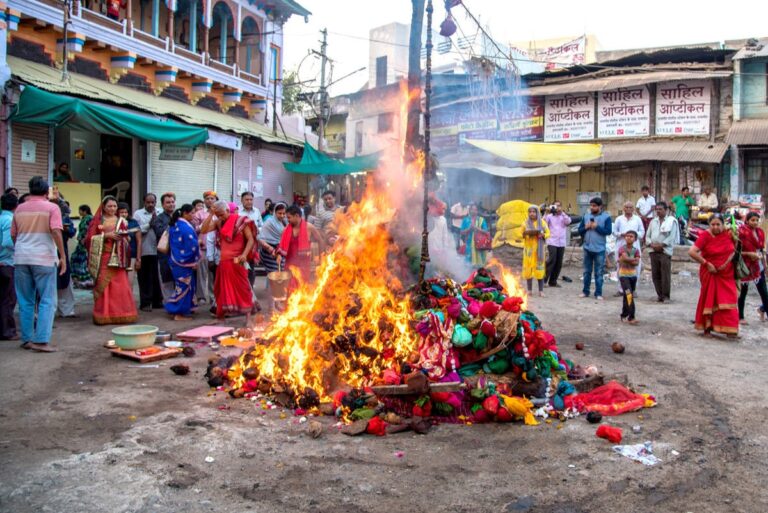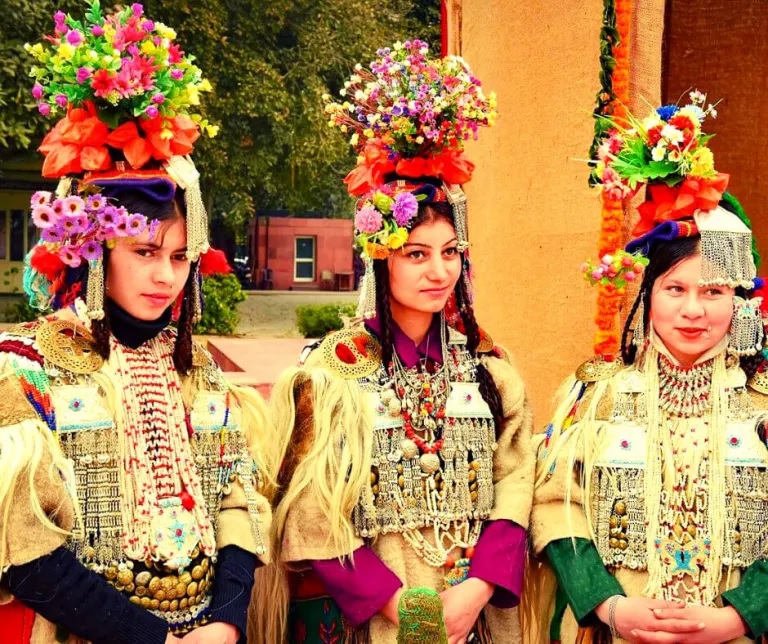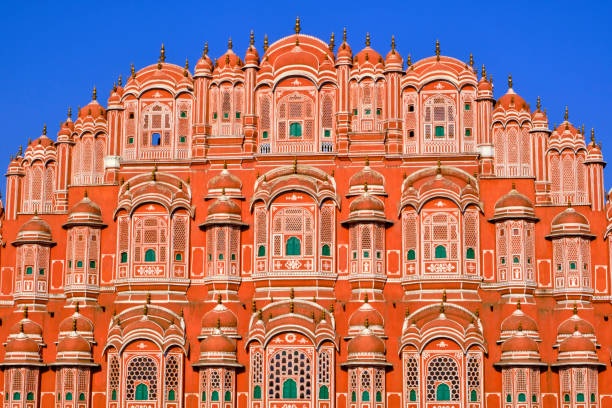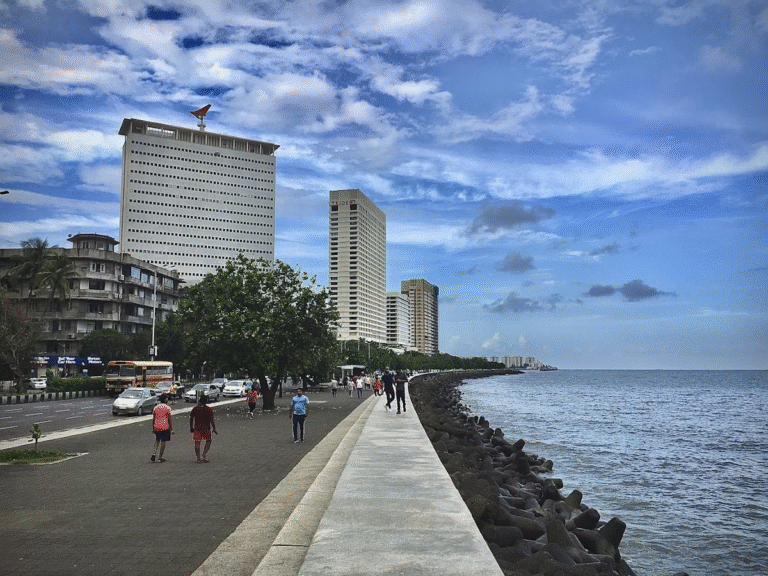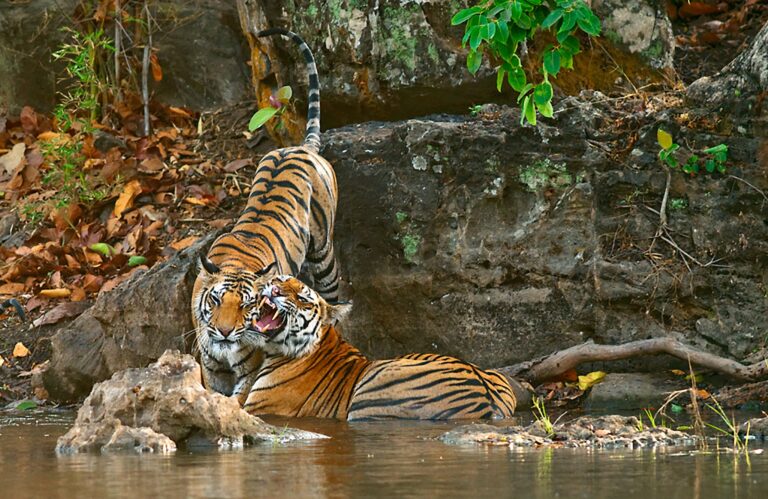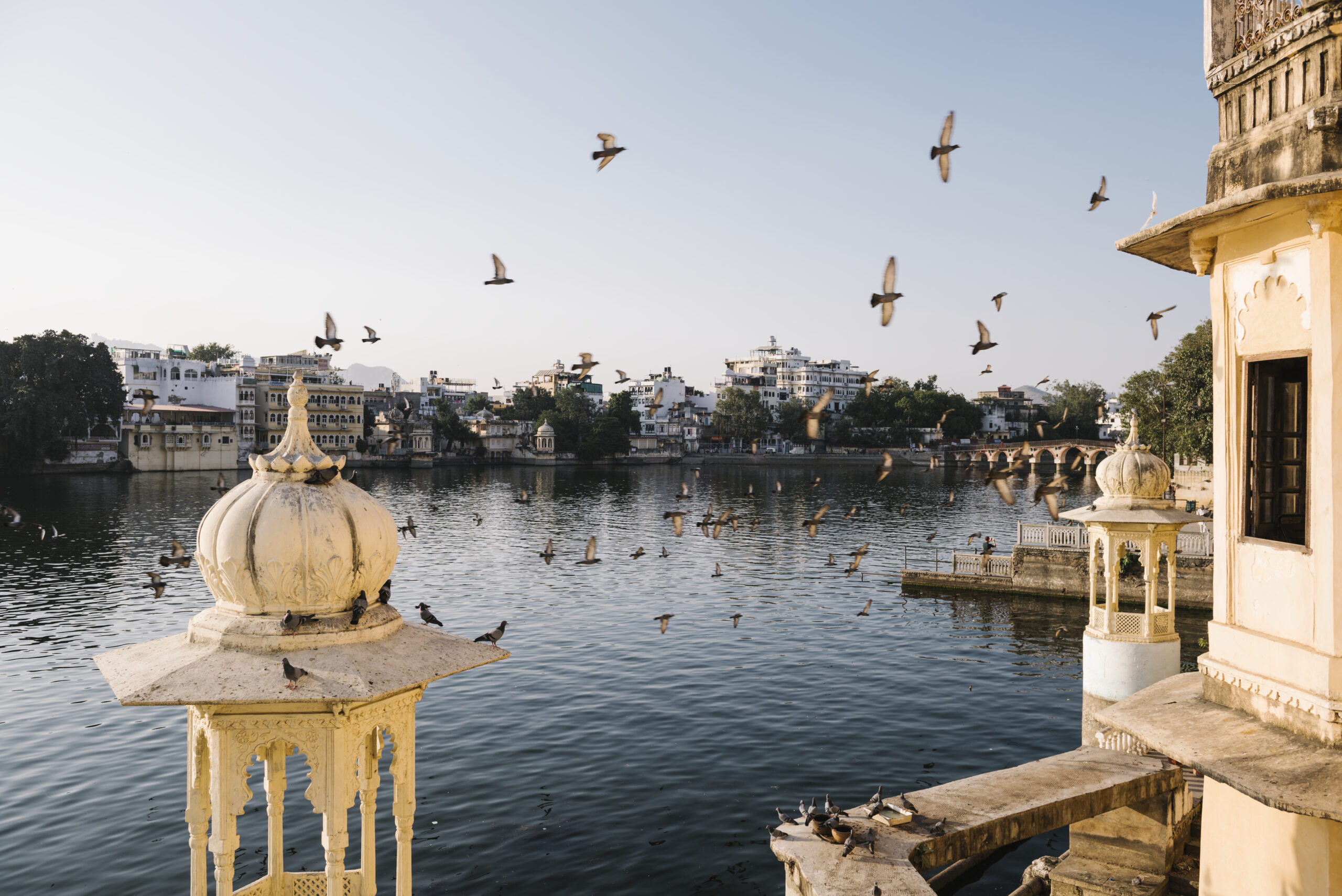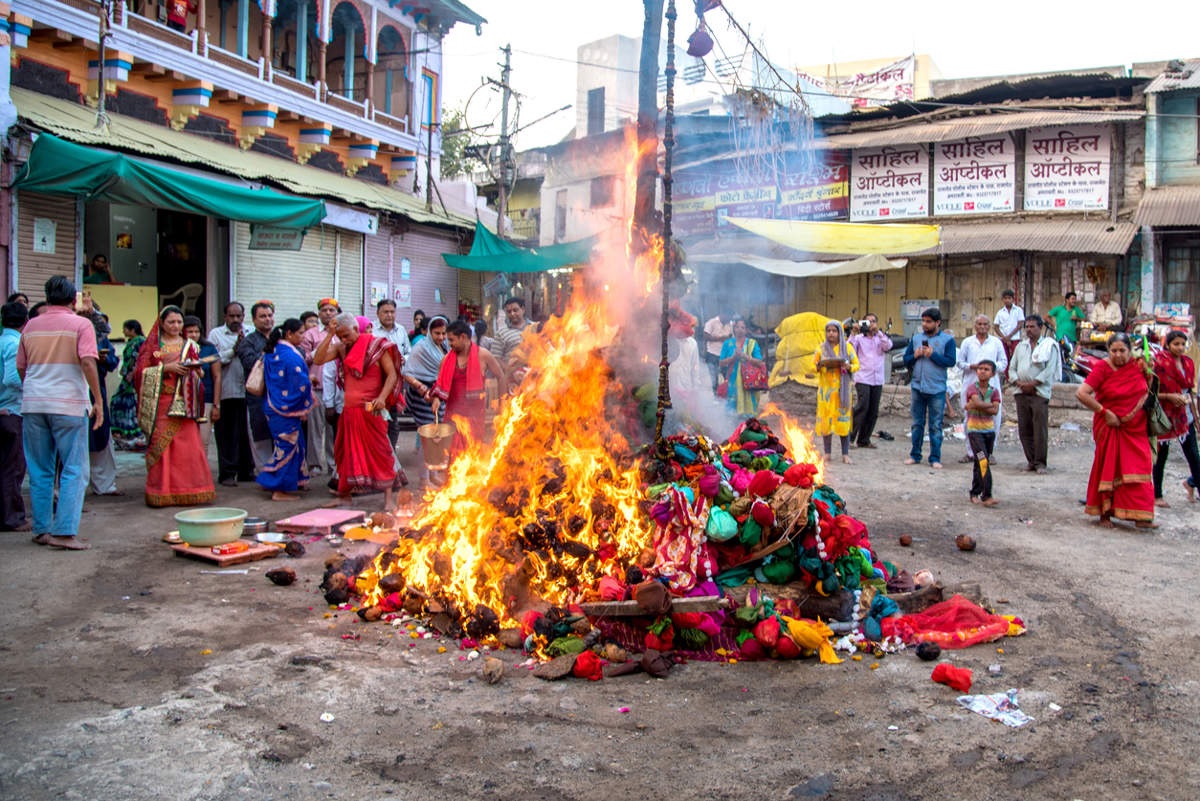
Journey Through India: A Traveler’s Complete Guide
A vacation trip to India as a tourist Learn everything you need to know about traveling to India in 2026. In this article, you will find several helpful recommendations to prepare for your trip to India with Delighted Journey, regardless of whether you are a backpacker, a budget traveler, or

